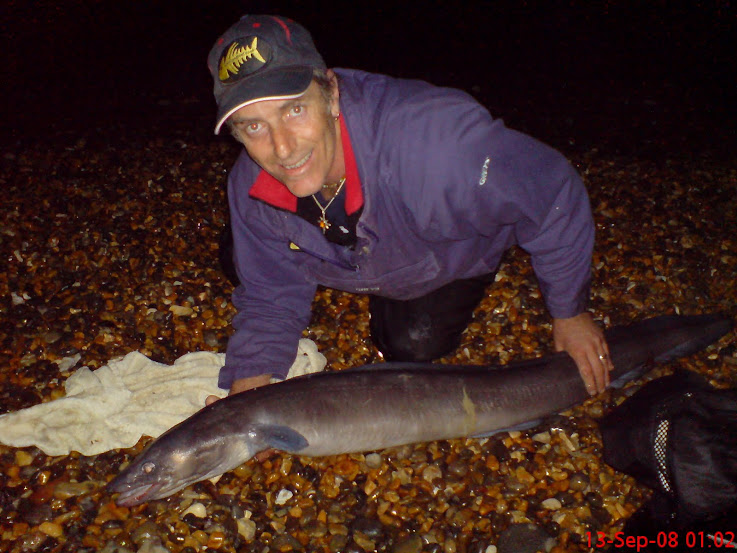Targeting a species and learning all the methods and situations that can increase your catch rate can be a very important learning curve to increasing you catch rate when sea fishing. I want to look at Pollock fishing to start off. Its a very diverse fish that can be found in many marine environments and can be fished for in a whole host of ways.
Pollock fishing locations
Lets kick off by looking at the environments that pollock like to live in.
- Rock and reef marks are very popular locations for pollock. They tend to hide in these locations waiting for prey species to appear.
- Wrecks are another popular location for pollock. Both inshore and off shore wrecks will produce pollock to a good size. The winter tends to produce pollock best from deep water wrecks.
- Piers produce good “rises” of pollock on warm barmy evenings, but they will produce fish all year around. generally these fish are not of a great size.
- Weed beds hide a lot of predators and prey. Deep kelp hides some great pollock and is allways worth fishing in these areas
- Broken ground can hold all sorts of species including the pollock.
Now these locations due to the sea depth, size of the fish and other factors all lend themselves to different types of sea fishing. Getting the balance and matching your fishing tackle to the environment, prey and conditions is very important if you want to get the best out of your pollock fishing.
Pollock fishing techniques
In no particular order lets look at the different techniques employed by anglers to catch pollock. i will try and explain the right conditions and circumstances for each technique.
- Lure fishing for pollock can take many forms. Classic deep sea wreck fishing often requires heavy weights to take a jelly worm or metal lure to the sea bed. You tend to drift over wrecks and the skipper will tell you when to lower your end rig to the bottom. You then need to feel your end gear over the wreck and retrieve the lure to the surface, before dropping down again. Getting the right color lure for the day and finding the depth the pollock are feeding is the knack. Generally as the tide increase in strength the further the fish will be away from the holding feature ie the wreck. Pollock often reach 20lb and this requires heavy tackle to prevent them getting back to safety
- Saltwater fly is a demanding and challenging way to catch pollock. it requires fish in shallow water and a sound casting technique to cover the ground. Fish can be of all sizes and at a whole range of locations including piers, reefs and weed beds. I tend to use a weight 8 rod at about 9 foot, with a 10lb leader. Flies that mimic small fish and prawns work well, sea trout flies and saltwater specific flies are recommended.
- Float fishing can be used almost anywhere in shallower water. If you using a sliding float you can experiment with different depths to hunt the fish out. A float will allow you to cover a huge area of water. Common baits are sand eel and fillets of fish bait, but most common sea baits will work for pollock.
- Ledgering is not the most common method for pollock fishing but can work well when required. All the typical baits fish well.
- Live baits work well for pollock. They can be used in conjunction with any of the above methods. Takes are often very strong and positive and demand quick, positive reactions from the angler.
In conclusion
With that information you can now head to the beach. Different areas will generally hold differing sizes of pollock. Match the weight of your tackle to the size of your quarry to get the best sport from the fish.
Pollock will power to the nearest cover. A lot of initial pressure is required to prevent this, but be careful as they are very powerful and can easily snap you out.
Holding in shoals you can often expect to catch multiple pollock from the same location. Record the conditions, tide, location and lure used for future reference.

No comments:
Post a Comment